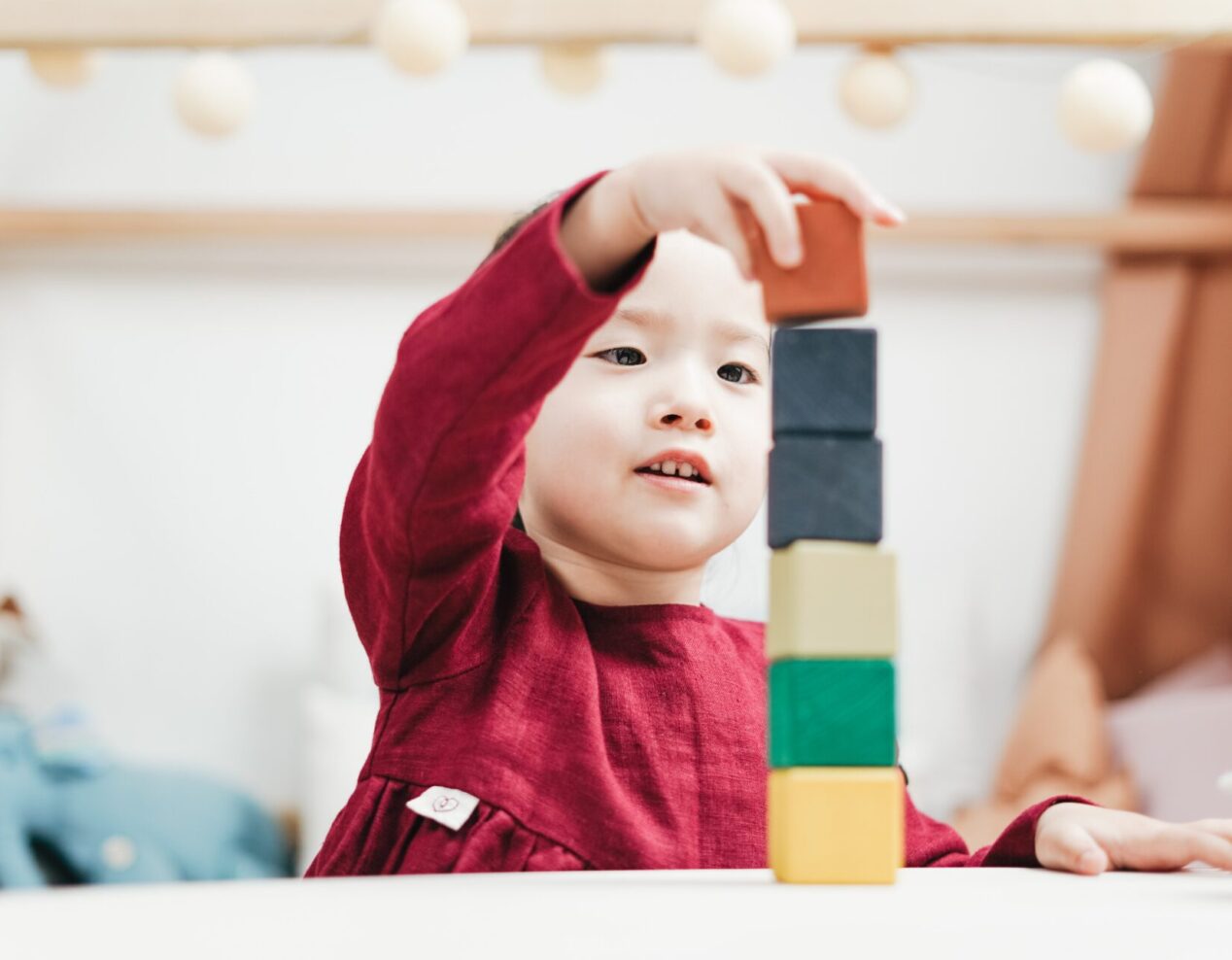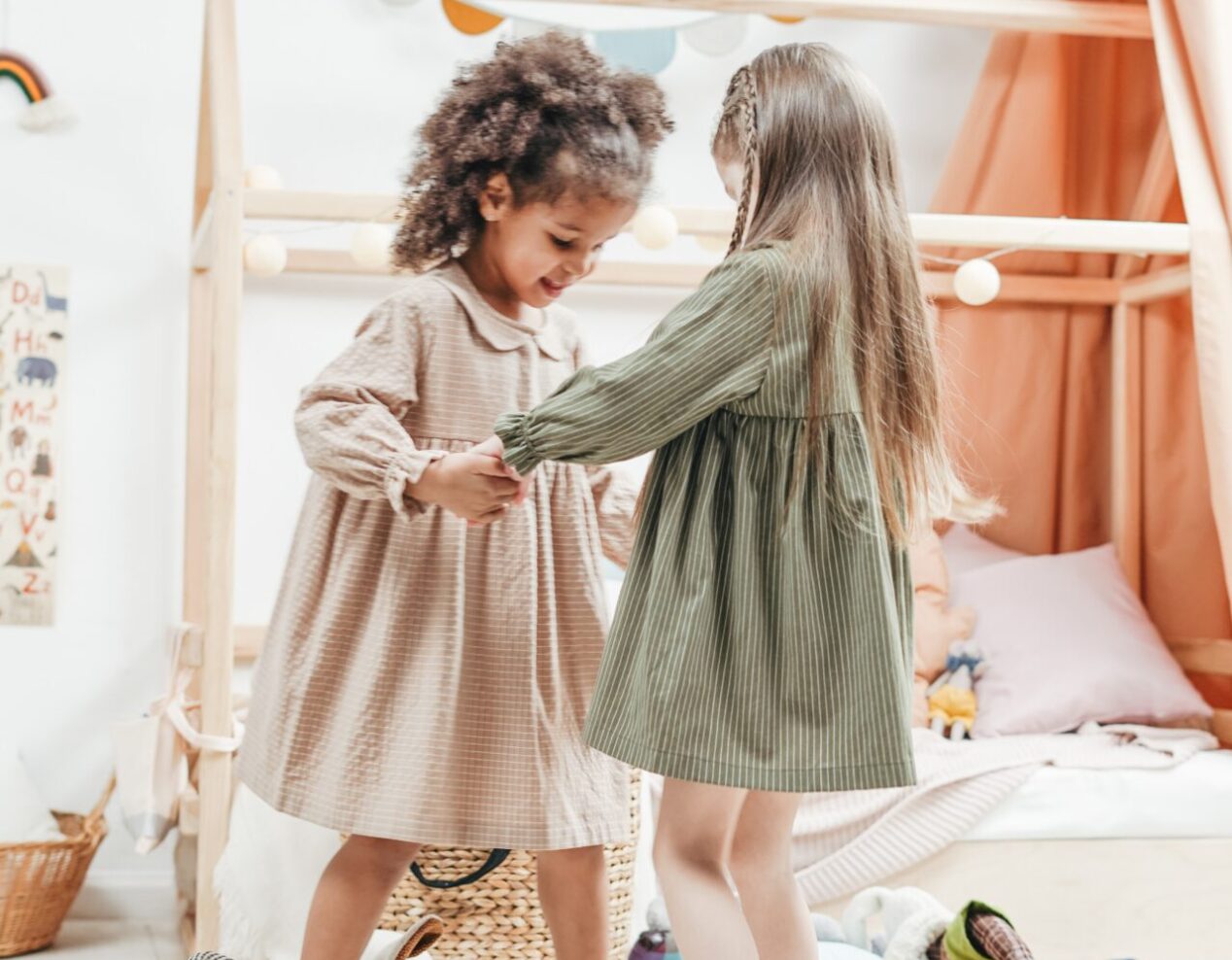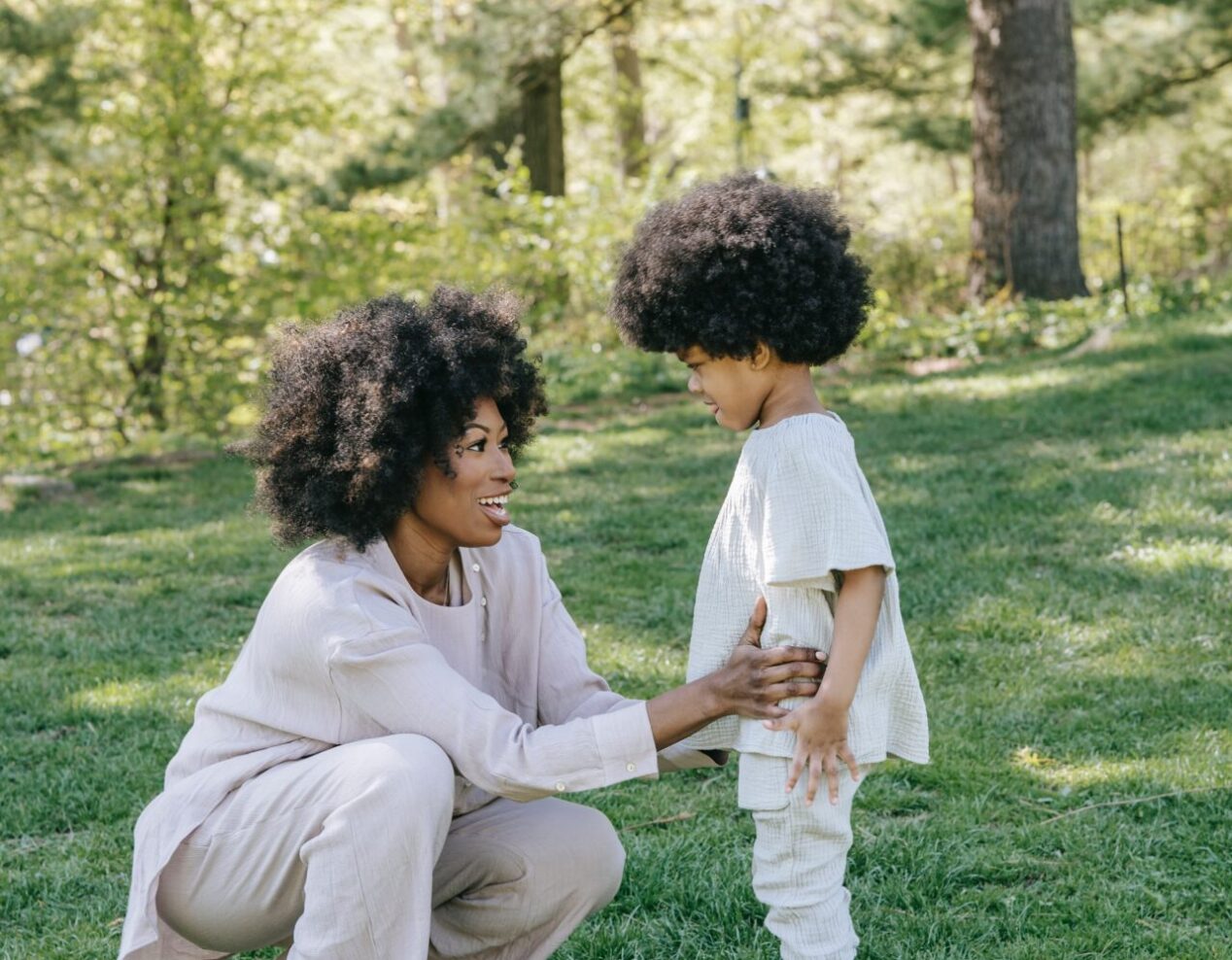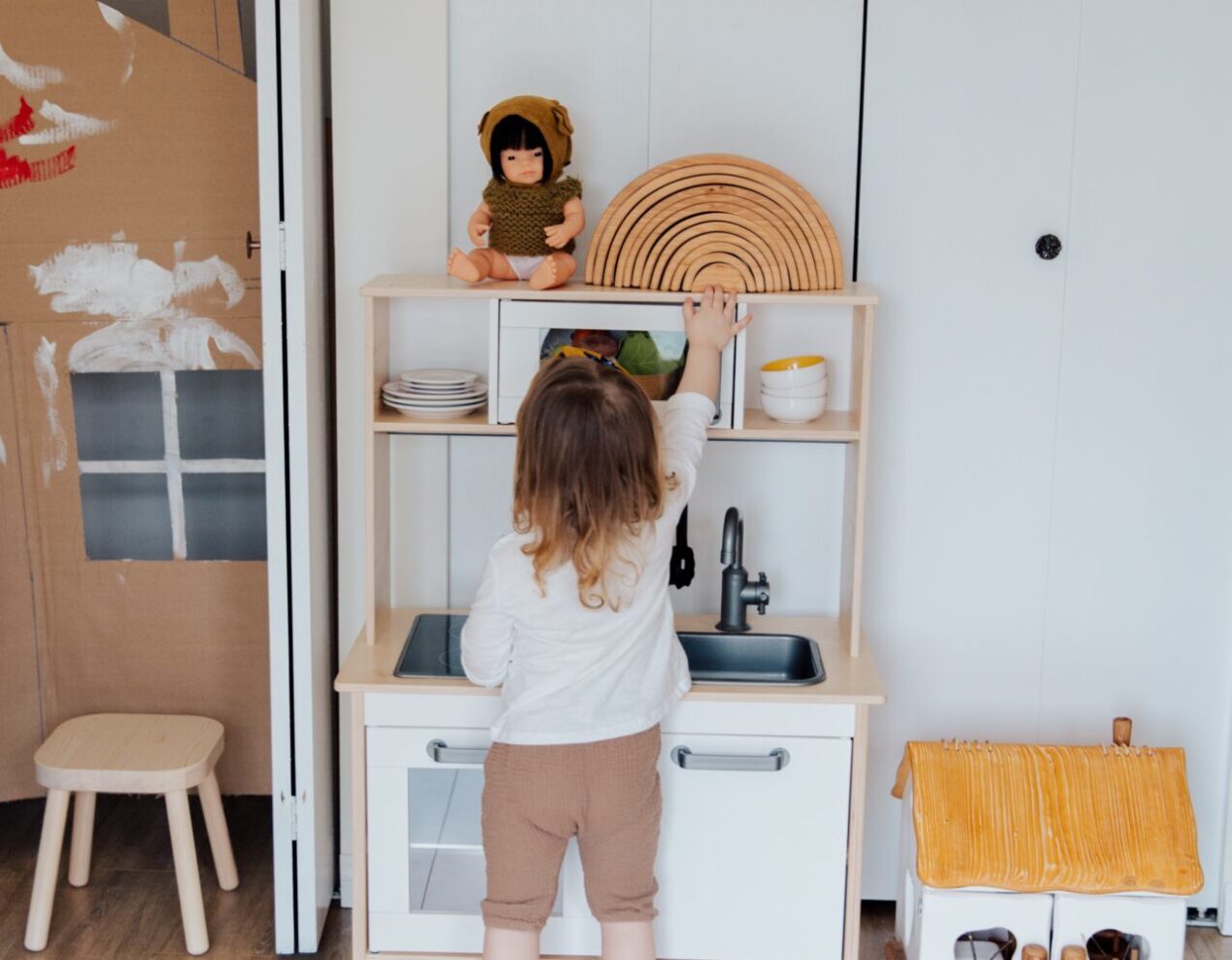Building blocks: Key to your child’s developmental journey

Engaging with simple playthings, such as building blocks, unlocks a world of benefits from emotional growth and resilience to artistic and visual-spatial skill development, not to mention insights into engineering. Validated by countless studies, parents, teachers and children alike have recognized the simple joy and myriad benefits of building block play. These modest toys, in all their simplicity, have proven themselves as arguably the most adaptable play items ever devised.
Most educators agree that wooden building blocks provide an opportunity for children to understand essential concepts in physics, engineering, science, and maths, while also fostering their imaginative play. From standard actions such as stacking and building to unique activities like creating a bed for a doll or serving the blocks as “food” in a pretend restaurant, block play opens up a world of possibilities.
Here’s a closer look at some benefits children may enjoy from playing with blocks:
Advancing Speech and Language Skills
While it may not seem immediately apparent, playing with blocks can contribute significantly to speech and language development, as it encourages children to express themselves verbally, particularly when they explain their creations.
Enhancing Fine Motor Skills and Hand-eye Coordination
The process of stacking blocks, aligning them, and fixing a shaky tower calls for intricate motor skills and precise hand-eye coordination.
Exploring the Basics of Engineering and Science
Through block play, children get an opportunity to solve problems, troubleshoot, and explore hypotheses related to structure, gravity, and height.
Mastering Basic Mathematical Concepts
Block play inherently involves pattern recognition, symmetry, fractions, and linear measurement, all of which are fundamental maths concepts. It also allows children to practice basic counting and learn one-to-one correspondence, linking numerical words with their respective quantities.
Developing Social and Emotional Skills
Playing with blocks in a group setting enables children to learn about cooperation, problem-solving, turn-taking, sharing, and self-advocacy, all of which are crucial for their emotional and social development.
Fostering Imagination
Building blocks can be transformed into a variety of items in pretend play, acting as food, a crib for a toy baby, or a house for small animals. The versatility of blocks as “open-ended toys” allows children to use them in countless ways and incorporate them into other forms of play.
A brief overview of the stages of block play:
Building a Tower of Three Blocks
Between the ages of 16 to 18 months, toddlers may learn to stack three blocks on top of each other. This task requires the child to align and balance each block and release it at the precise moment to prevent the tower from falling
Constructing a Six-block Tower
From 18 to 22 months, a toddler may manage to build a tower of four blocks, eventually managing to stack up to six blocks. During this stage, building a tower together can be an exciting challenge, and the eventual demolition can be quite a satisfying celebration!
Aligning Blocks
Between 23 to 26 months, a child might start to practice alignment by copying an adult’s actions in lining up blocks in a row. This is a new and precision-demanding skill for your toddler, and replicating your row of blocks will require both practice and patience.
Inventive Block Play
After the age of three, children’s play with blocks often becomes more creative and imaginative. They might begin constructing bridges, archways, tunnels, and other complex structures, and start sorting blocks and creating roads, paths, and patterns. As they build, they may start to narrate stories and enact scenes from their life.
Blocks: A Toy for All Ages
As children grow, they continue to find value in block play. The universal appeal of blocks makes them ideal for groups of children of different ages. They also provide a chance to practice crucial skills such as collaboration, problem-solving, critical thinking, and communication. Teachers in preschool and early elementary classes often use blocks for lessons in maths, science, and even language arts and social studies. Isn’t it extraordinary how a seemingly simple set of blocks can contribute so much to a child’s brain development? There’s a reason why blocks have endured as a playtime staple – they offer benefits that other toys simply can’t match.



